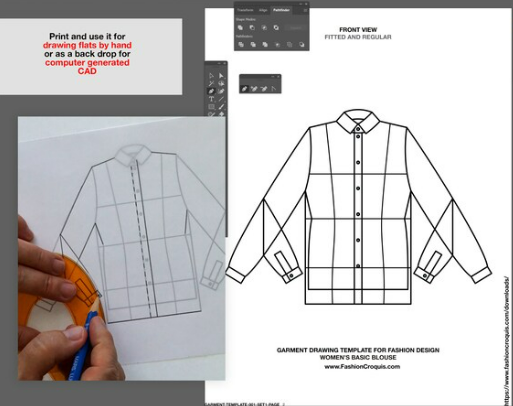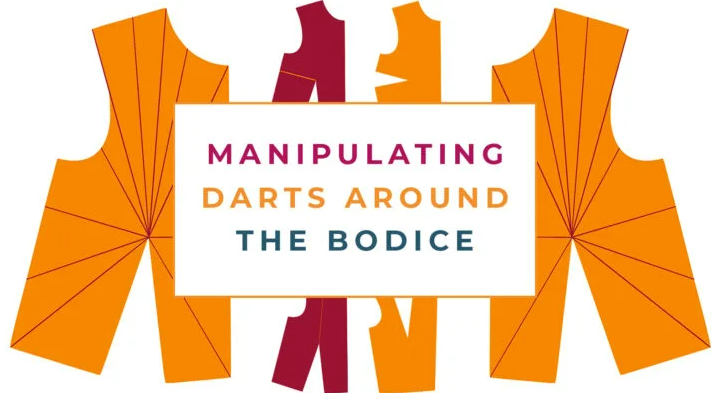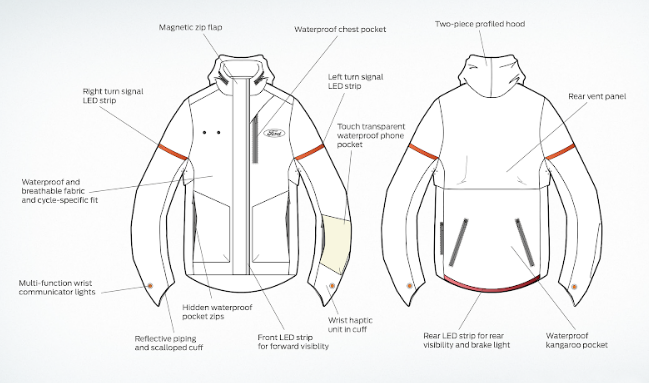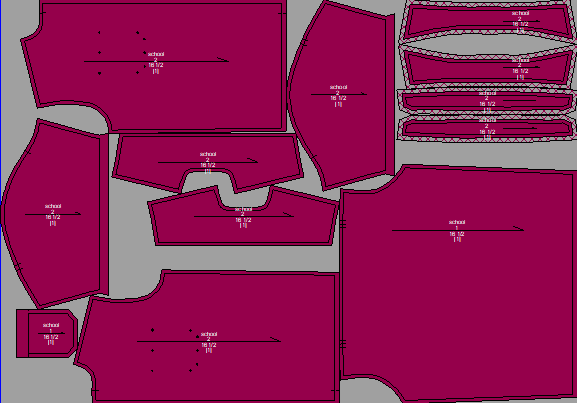In the bustling environment of a garment factory, pattern making stands as a silent yet powerful force that shapes the very essence of clothing functionality. It is far more than just creating templates; it is the art and science that bridges the gap between a design concept and a wearable, practical garment.
I. Understanding the Basics of Pattern Making
A. Translation of Design into Templates
Pattern making begins with taking the creative vision of a garment design, often sketched on paper, and translating it into a set of precise, two-dimensional patterns. These patterns serve as the blueprint for cutting fabric pieces. For instance, when a designer envisions a flowing evening dress with a fitted bodice and a full skirt, the pattern maker meticulously crafts the patterns for each section, ensuring the correct shape and proportion. This initial step is fundamental as it sets the stage for how the garment will ultimately be constructed and function.
B. Precision in Measurements
One of the core aspects of pattern making is dealing with measurements. Pattern makers work with a comprehensive set of body measurements, including bust, waist, hips, shoulder width, and arm length, among others. By incorporating these accurate measurements into the patterns, they guarantee that the garment will fit the wearer comfortably. In the case of a tailored men’s suit, precise measurement-based patterns are essential to achieve a snug yet flexible fit around the torso, shoulders, and arms, allowing for ease of movement during daily activities.

II. Shaping the Fit and Movement
A. Dart Placement and Manipulation
Darts are a key element in pattern making that significantly contributes to garment functionality. These triangular folds in the fabric are strategically placed to shape the garment around the body’s curves. In a women’s blouse, for example, darts are used to create a fitted waistline, conforming to the natural shape of the female torso. This not only enhances the aesthetic appeal but also ensures that the blouse doesn’t hang loosely or bunch up, providing a more flattering and comfortable fit. Pattern makers carefully calculate the length, width, and angle of darts based on the garment’s design and the body measurements, thus optimizing the fit.
B. Sleeve and Armhole Engineering
The relationship between the sleeve and the armhole is another critical area where pattern making plays a vital role. A well-designed sleeve pattern that mates perfectly with the armhole is essential for unrestricted arm movement. For activewear such as a running shirt, the pattern maker must consider the full range of motion of the arm, creating a sleeve that is neither too tight nor too loose. This involves adjusting the curve of the armhole and the shape of the sleeve cap to allow for smooth flexion and extension of the arm while maintaining the integrity of the garment’s overall design.

III. Facilitating Ease of Closure and Adjustment
A. Zipper and Button Placement Planning
Pattern making also dictates the placement of closures like zippers and buttons. In a pair of jeans, the pattern determines where the zipper will be inserted, ensuring that it opens and closes smoothly and that the waistband fits snugly when fastened. The position of buttons on a shirt collar or front placket is carefully calculated to provide both functionality and a polished appearance. Incorrect placement of these closures can lead to discomfort, difficulty in dressing, or even damage to the garment over time.
B. Adjustable Elements Integration
Many garments feature adjustable elements such as drawstrings, elastic waistbands, or adjustable straps. Pattern makers incorporate the necessary allowances and design features to accommodate these elements. In a hooded sweatshirt, for example, the pattern includes extra fabric and a channel for the drawstring at the hood opening, allowing the wearer to tighten or loosen the hood according to their preference and the weather conditions. This kind of thoughtful pattern design enhances the garment’s versatility and usability.

IV. Ensuring Fabric Utilization and Durability
A. Efficient Fabric Cutting Layout
Pattern making impacts fabric utilization, which in turn affects the cost and quality of the garment. By creating efficient cutting layouts, pattern makers minimize waste and ensure that the maximum amount of usable fabric is extracted from each roll. This is crucial not only for economic reasons but also because it reduces the potential for fabric defects in the final garment. For large-scale production of T-shirts, a well-designed pattern layout can significantly improve the overall yield of the fabric, making the manufacturing process more sustainable.
B. Reinforcement and Seam Placement
The pattern also determines where seams will be placed, which has implications for the durability of the garment. In heavy-duty workwear like a mechanic’s jumpsuit, the pattern maker strategically positions seams to reinforce areas that are subject to stress and wear. Thick seams may be added along the knees, elbows, and cuffs to enhance the garment’s longevity, while also ensuring that these reinforcements don’t interfere with the wearer’s comfort or mobility.

In conclusion, pattern making is an indispensable process in the garment factory that permeates every aspect of garment functionality. From providing a precise fit that conforms to the human body’s diverse shapes and movements, to enabling easy closure and adjustment, and ensuring efficient fabric use and durability, pattern making is the linchpin that holds together the world of wearable fashion. Without its meticulous attention to detail and technical prowess, the garments we rely on daily would fall short of meeting our functional needs.

